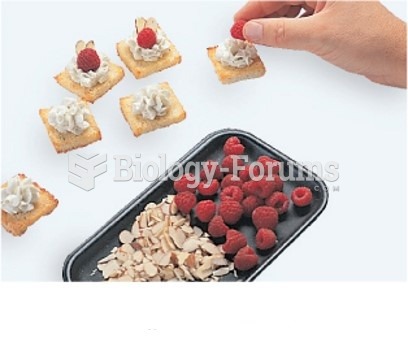Answer to Question 1
Suggested Response: The following plan describes one approach.
Gain students' attention having everyone hold up an informational text.
Present the objective of the lesson by asking a student to read it from the board.
Ask a question that helps students think about facts they already know about informational text. Call on different students to keep everyone's attention.
Introduce the main point of the lesson and ask students to do something with it, such as, using the table of contents to find something.
Let students get into pairs and practice using the feature of informational text that we discussed.
Get students to help summarize the lesson in their own words.
Revisit the objective and ask students to tell a partner how we met the objective today.
Text Reference: Teaching for Deep, Long-Lasting Knowledge: Basic Principles and Applications
Answer to Question 2
Suggested Response:
Mr. Lennox might apply dual coding theory to help students build semantic memory. Rather than representing information in spoken word only, he might add visual information by using pictures, videos, drawings, timelines, and other visual stimuli. Information coded both visually and verbally is easier to learn. It uses two processing systems and is likely to be stored in long-term memory with meaning. It is also likely to hold students' attention longer than straight lecture.
Mr. Lennox might help student build episodic memory of historical events by creating assignments that involve skits, acting, re-enactment, and role-playing as historical characters in significant events. Episodic memories are tied to particular times and places. Some form of acting out the events of history may help students remember the times, places, and characters involved in the events. They might visit museums and historical locations as a way of building semantic and episodic memories.
Text Reference: Long-Term Memory







